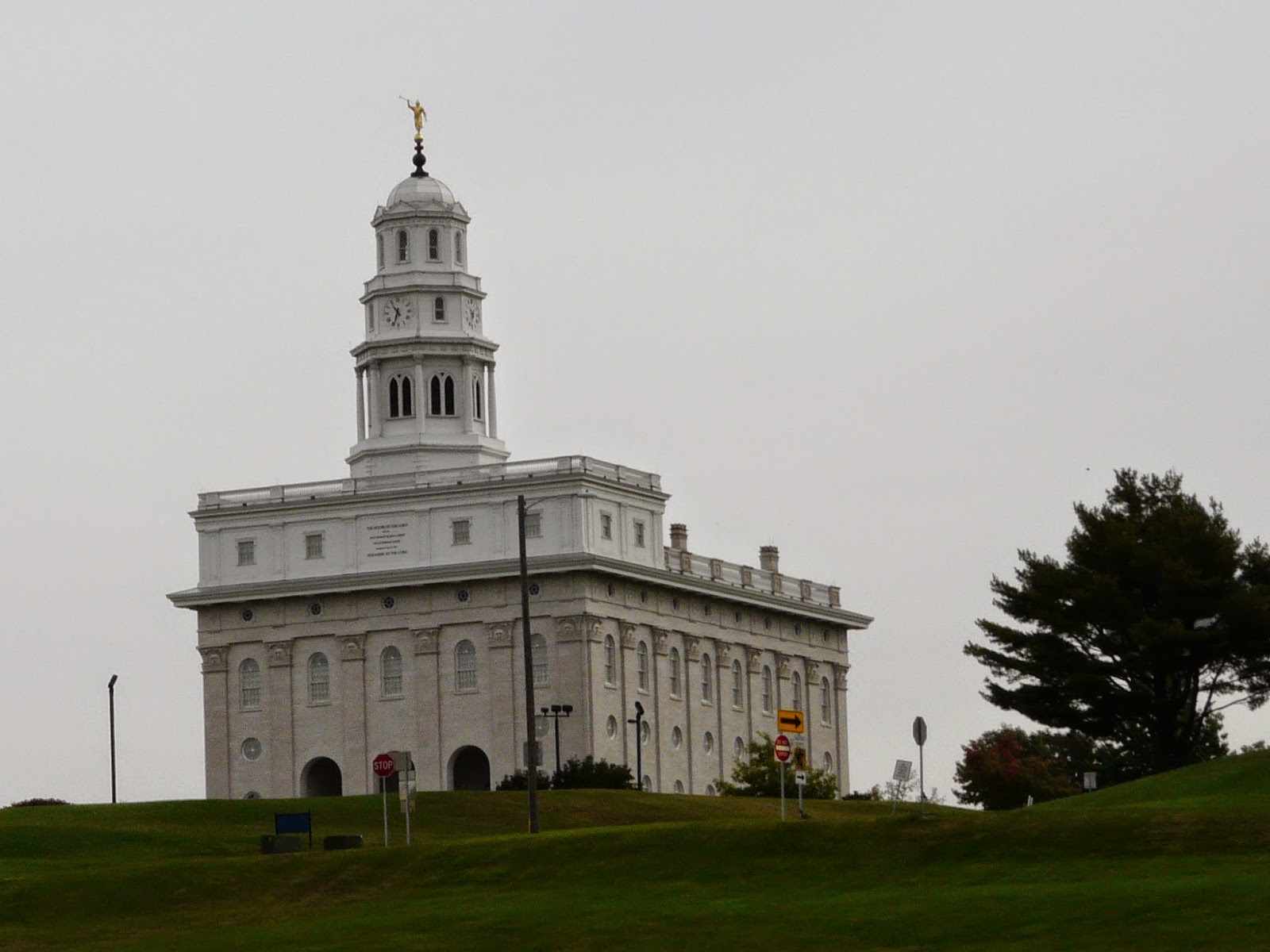We drove from New Orleans to Little Rock, Arkansas
yesterday, a little over 450 miles. Today, we re-entered fall colors as we went
through the Ozarks of Northwest Arkansas. We stopped in Branson, M to tour the
Titanic Museum. This museum tells the story of Titanic from construction till
sinking, but it spends most of its space talking about the passengers and crew
who rode it for 5-7 days. As you enter the museum, you’re given the boarding
pass for one its passengers and at the end you find out their fate. It’s
amazing how many artifacts from the passengers are contained in this museum –
letters, postcards, telegrams, menus, boarding passes, etc. The stories of the
lives of these voyagers both before and after the Titanic are told. A
fascinating museum.
We thought of going to one of the shows here tonight, but
nothing really took our fancy, though there was a lot to choose from. I’m not
sure whether it’s vacation fatigue, or the fact that the Broncos (5-1) play the
Chargers (5-2) tonight! Probably a bit of both, we’re going to drive tomorrow
until we tire or get home.
How do I summarize this trip? We picked the ideal time to go - we had fall colors from Minnesota until Memphis. While it was a little cool up north, it was dry and in the 80's in New Orleans. The whole trip was quite a history lesson: the exploration of the Mississippi, the Civil War, World War II, the rise of the Blues and Rock and Roll and then finally the struggle for Civil Rights. North of Memphis - the scenery was the highlight, from Memphis to New Orleans the mansions and plantations were extra special, something we had never explored before. Our only wish was that we could have done it in our trailer, we got tired of different hotel rooms and restaurant meals every night. If you want to see more photos, view the 7 minute video on youtube












































